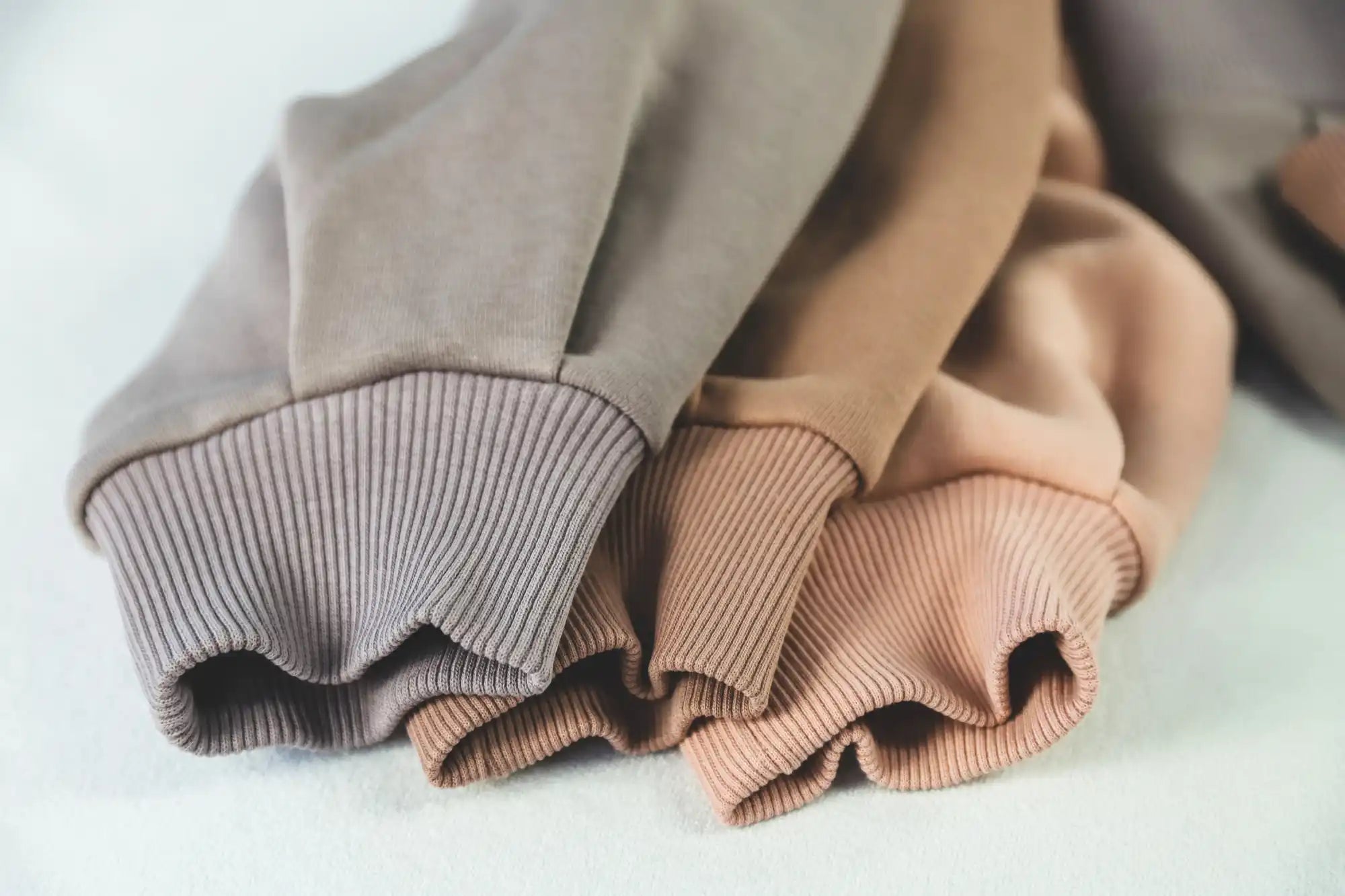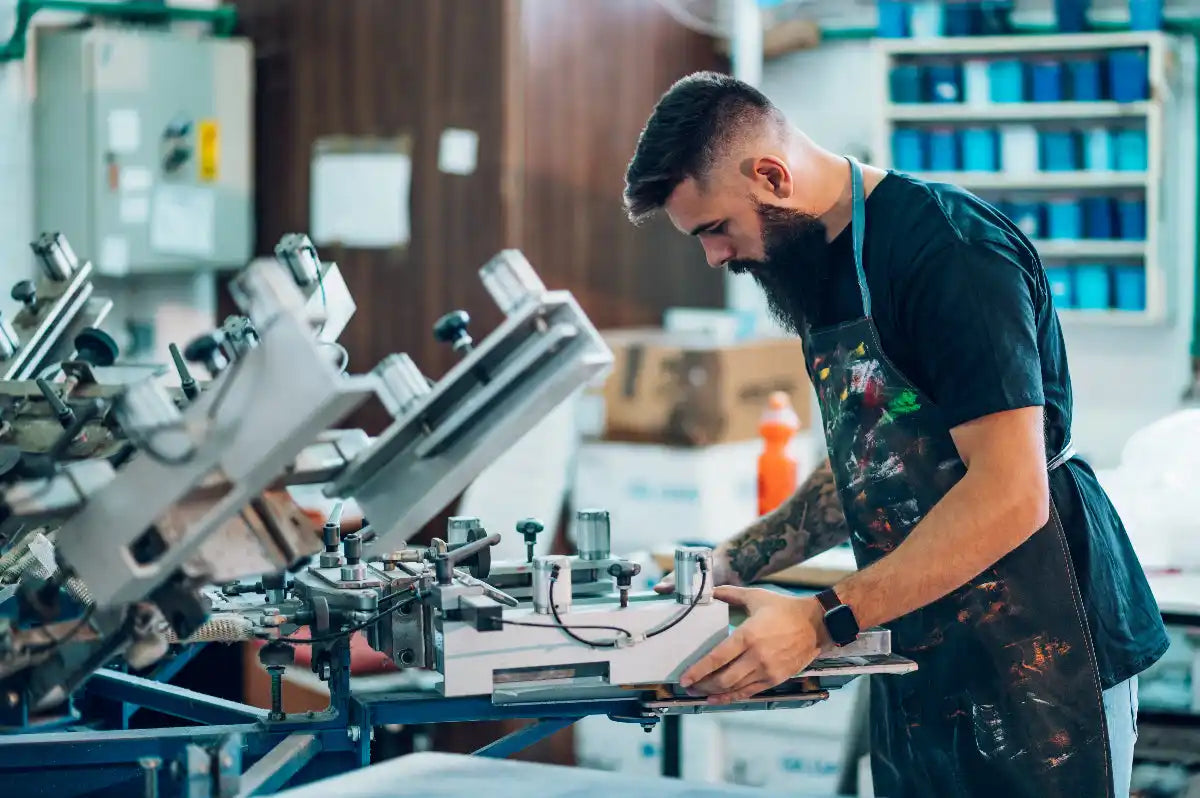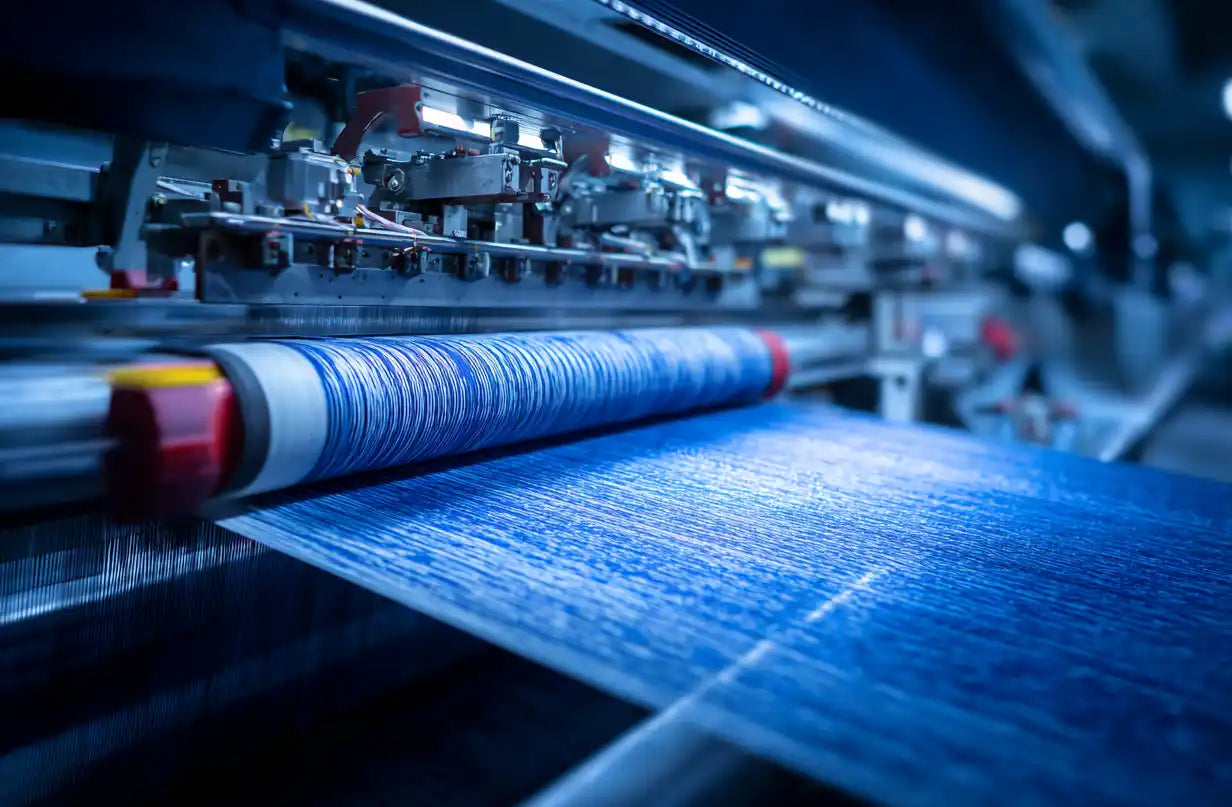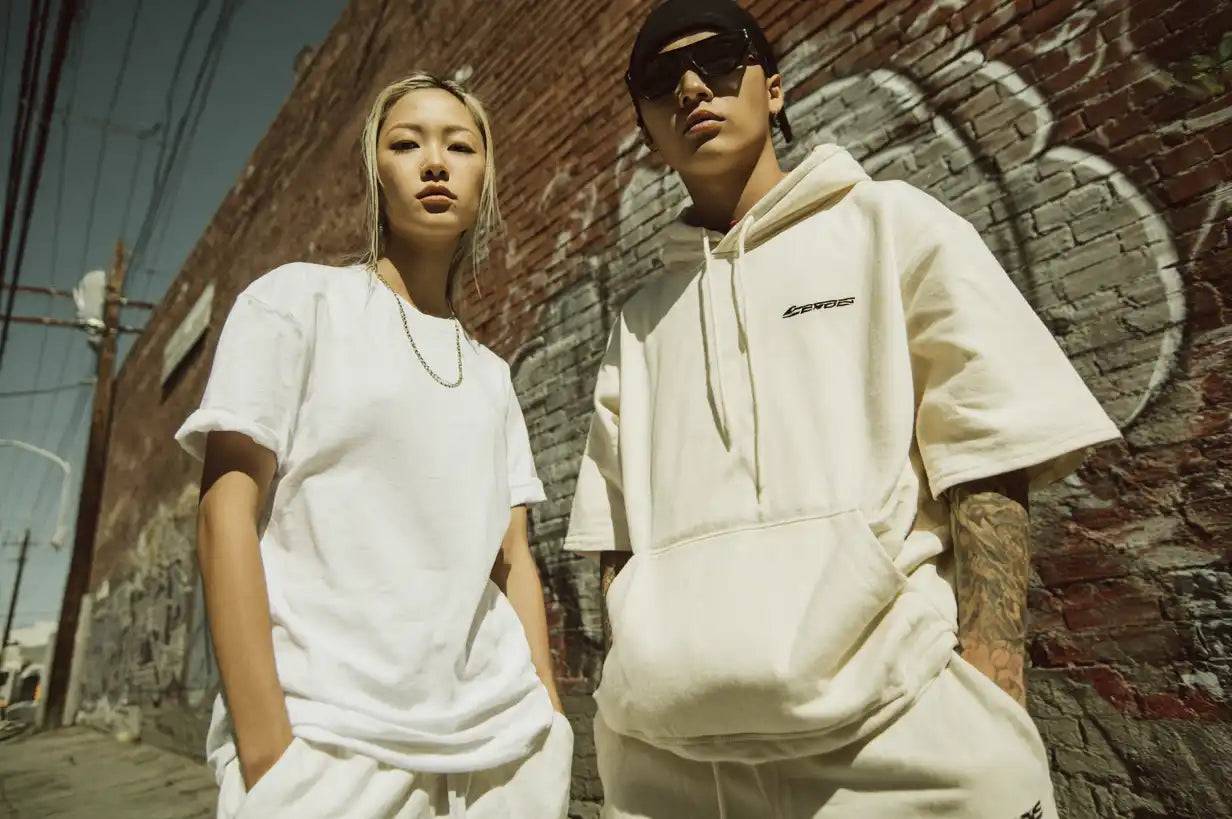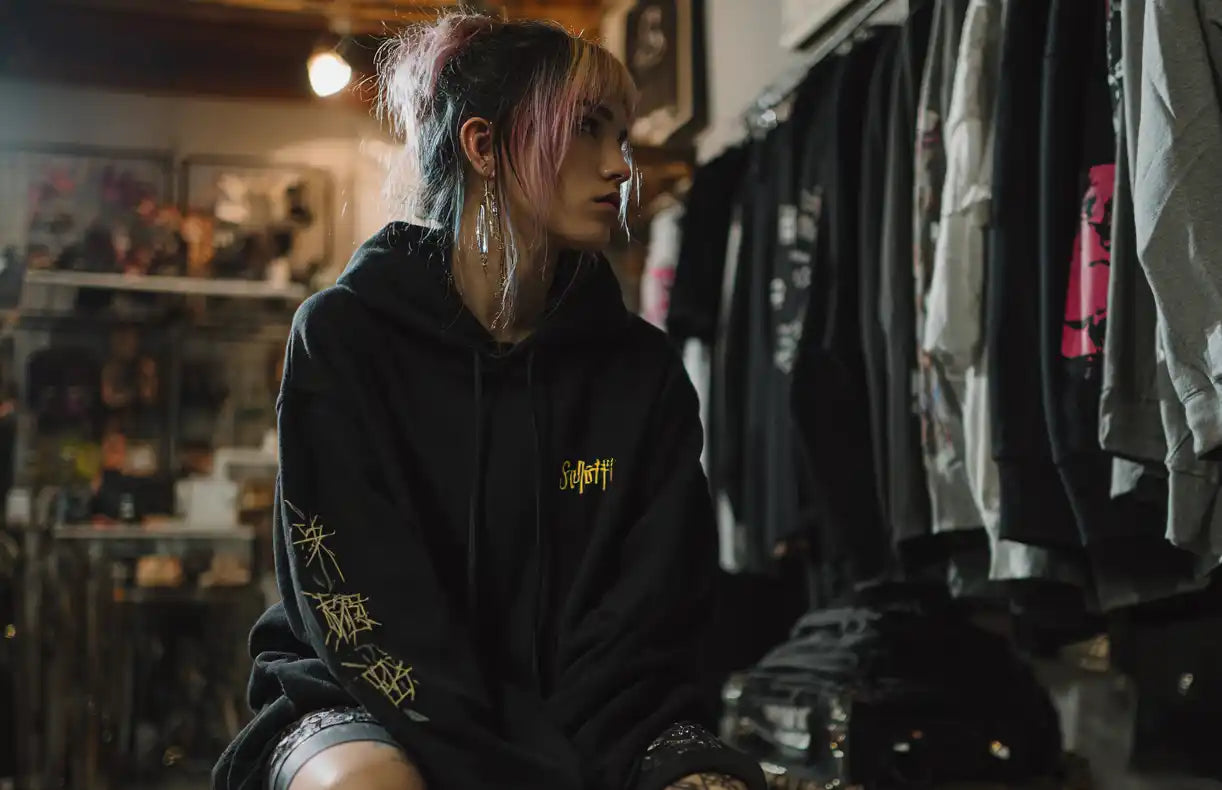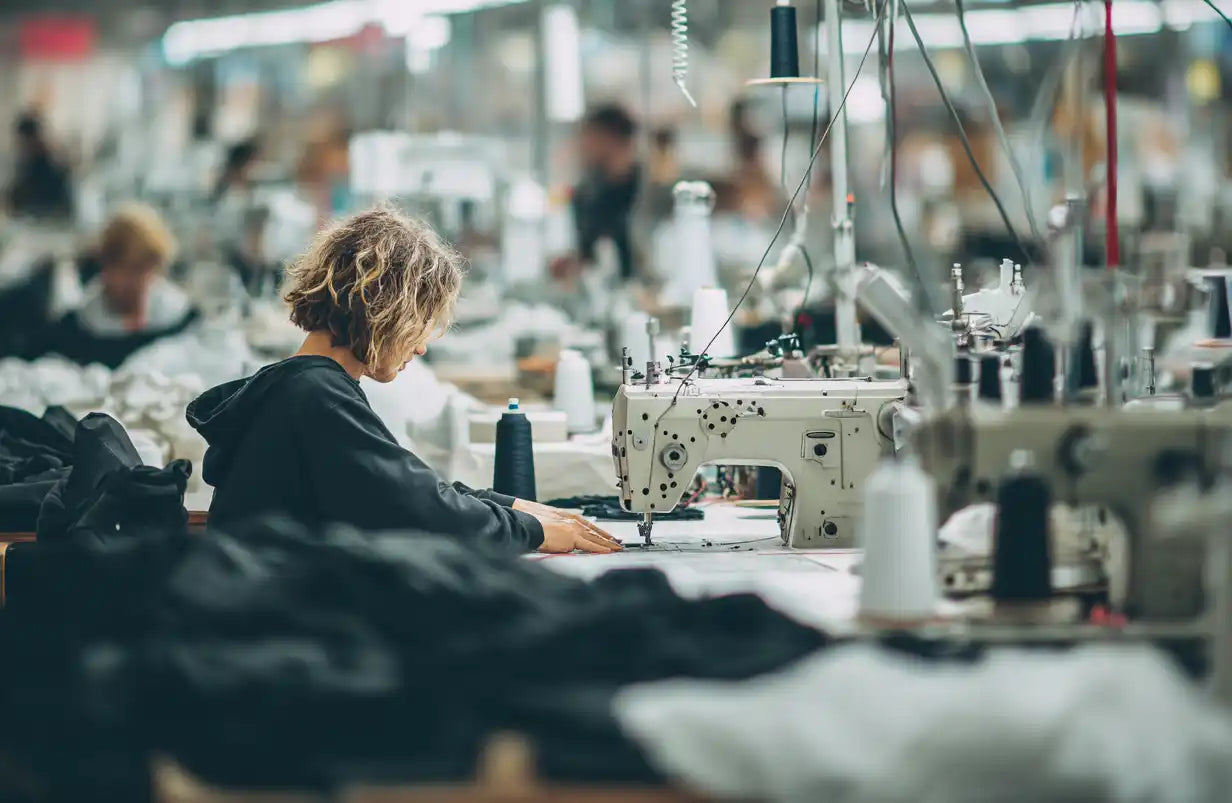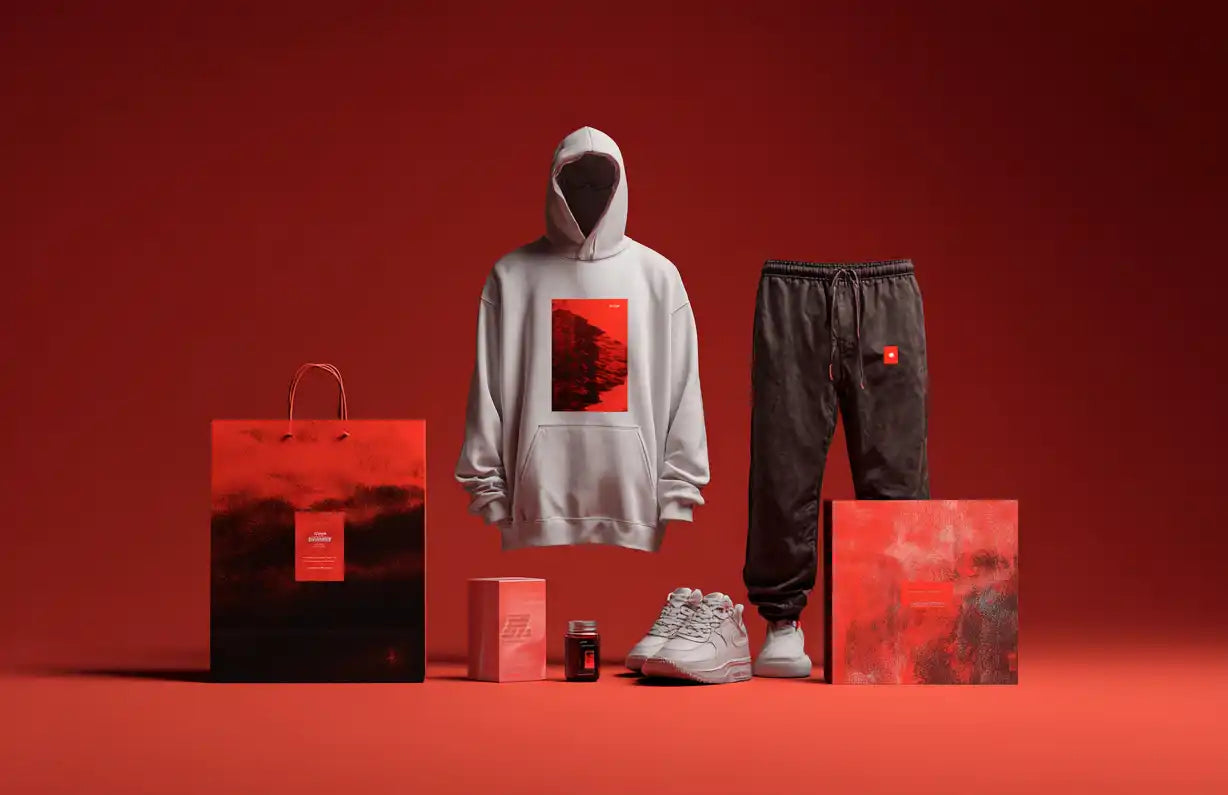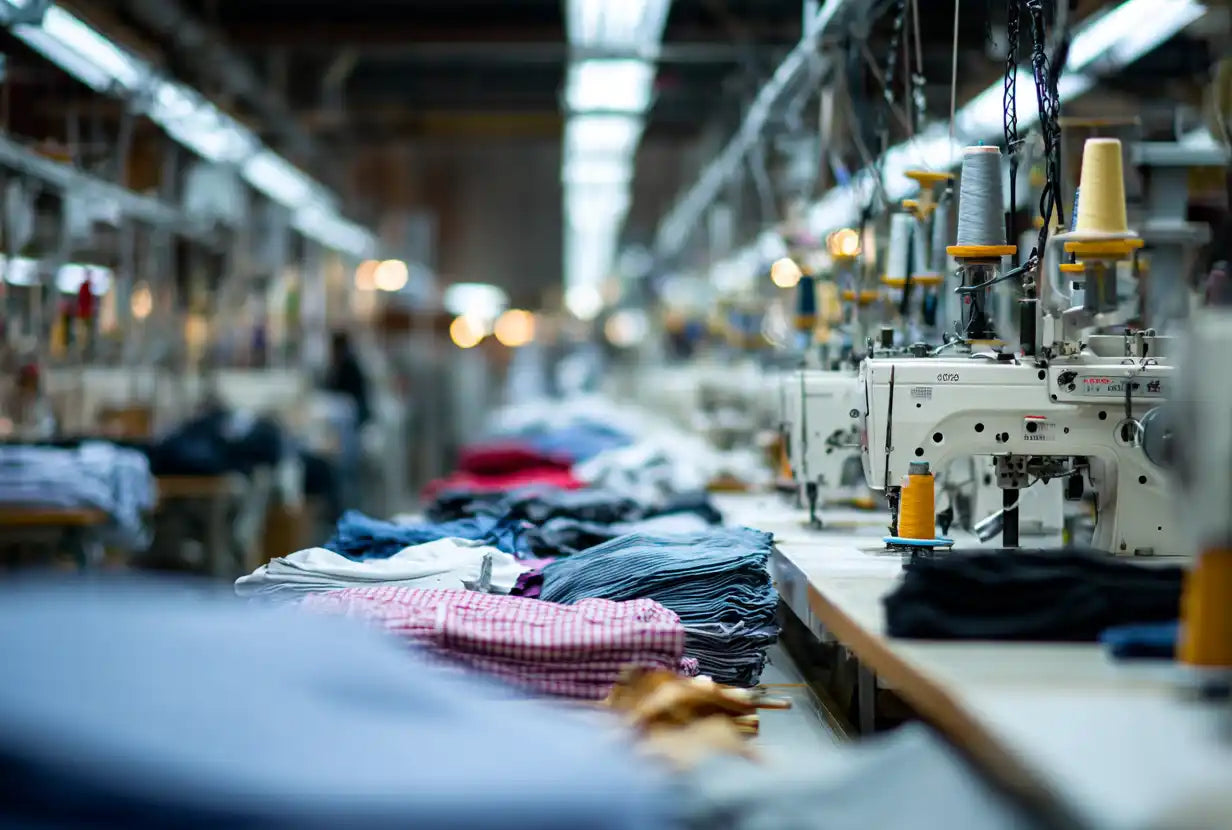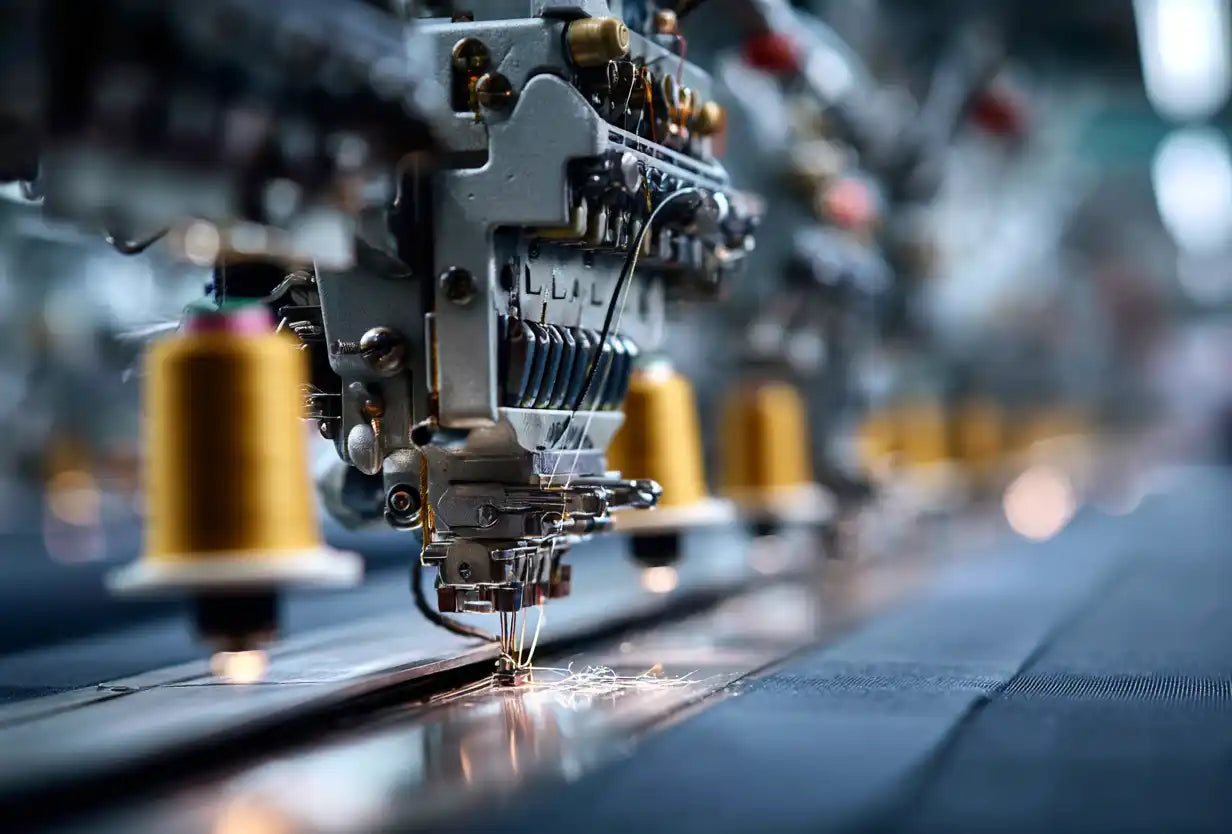Why brands choose Portugal for premium custom fleece sweatshirts
The fleece sweatshirt has become a cornerstone of modern wardrobes, blending warmth, comfort, and effortless style. Once reserved for sportswear, fleece now crosses into year-round athleisure, streetwear, and corporate merchandise. For brands planning private label fleece lines or wholesale fleece sweatshirts, Portugal combines centuries of textile expertise with sustainability credentials and short lead times — an ideal mix for brands looking for quality, traceability, and speed to market.
Market context and consumer demand
The global fleece apparel market is projected to continue robust growth, driven by athleisure and streetwear trends. Forecasts show strong market value and double-digit interest in sustainable fabrics: in 2025, a large share of EU consumers prefer recycled fleece options. Younger buyers (Gen Z) demand authenticity and eco-responsibility, which is accelerating the move of supply chains to Europe and especially Portugal.
Why manufacture fleece sweatshirts in Portugal?
Portugal offers advantages beyond simple geography. Brands benefit from factories certified to GOTS, OEKO-TEX, and BCI, reduced transit times for EU distribution, and the premium “Made in Portugal” label that supports higher perceived value. Portuguese knit and fleece hubs in Northern Portugal provide precise brushing, finishing, and fit control — critical for premium private-label fleece sweatshirts.
If you’re exploring manufacturers and low-MOQ options, see our dedicated guides: low MOQ manufacturing in Portugal and our overview of Portugal apparel manufacturing services.
Fabrics used in fleece sweatshirts — choosing the right material
Fabric choice impacts warmth, drape, and printability. Common options include 100% cotton fleece (premium feel), 100% polyester (performance, quick-dry), cotton-poly blends (balance of comfort and resilience), and recycled RPET blends (reduced environmental footprint). Portuguese mills can provide certified recycled yarns and document chain-of-custody for sustainable claims — valuable when marketing eco-friendly drops.

For a deeper fabrics guide and to compare French terry vs fleece, explore our resource: How to choose the right fabrics for a new clothing line.
GSM and product positioning
Fleece weights are typically grouped as lightweight (200–280 GSM), midweight (300–360 GSM), and heavyweight (380–450+ GSM). Lightweight fleece works as a layering piece for transitional seasons, midweight covers everyday needs, and heavyweight is used for premium winter sweatshirts. When specifying your tech pack, include GSM, fiber %, knit type, brushing details, and tolerance ranges to avoid surprises in production.
Production process overview: from yarn to finished fleece sweatshirt
Portuguese factories follow a clear production chain that supports traceability and quality control: yarn selection → knitting → brushing/raising (creates the fleece pile) → dyeing or garment-dyeing → cutting & sewing (cut & sew adjustments available for fit variants) → washing/finishing treatments (anti-pilling, enzyme softening) → quality control → labeling & packaging. Many facilities provide integrated dyehouses and finishing departments, reducing logistic touchpoints and ensuring color consistency across batches.
Customization options for brand differentiation
Portugal’s integrated supply chain enables a wide range of customization: screen printing and DTG for full-print graphics, embroidery and 3D applique for premium branding, sublimation for polyester-based prints, garment-dye and mineral washes for vintage aesthetics, and private label hangtags and eco-packaging solutions to complete the brand experience. Small-batch runs (from 100 pcs) allow experimental drops and limited editions.
Want sporty variations? Check our quarter-zip options: custom hoodies & quarter-zip collection.
Cost & production timelines (practical guide)
Typical ex-factory price ranges in Portugal vary by volume and specs. As a rule of thumb:
- 100–300 pcs: approx. €16–€22 per unit (6–8 weeks)
- 500–1,000 pcs: approx. €12–€18 per unit (8–10 weeks)
- 1,500+ pcs: approx. €10–€14 per unit (10–12 weeks)
Note: costs change with GSM, custom dyeing, embroidery, and sustainability certifications. Including specific tech pack details when requesting quotes avoids scope creep and price surprises.
Sweatshirt vs Hoodie — which fits your brand strategy?
Sweatshirts provide a clean front surface for printing and a slightly lighter weight for layering; hoodies add casual appeal and functionality with hoods and pockets. Consider your retail price point, brand aesthetic, and printing method when choosing between the two. For hoodies and hooded fleece, browse the collection: Premium Oversized Hoodies – Made in Portugal.
Frequently Asked Questions
Manufacturing in Portugal — FAQs
Why is Portugal considered one of the best places to manufacture fleece sweatshirts?
Portugal combines advanced textile engineering with rigorous sustainability certifications (GOTS, OEKO-TEX, BCI), shorter lead times, and a reputation for quality finishing. Northern regions host vertically integrated factories that manage knitting, dyeing, and finishing, which reduces handovers and improves color and fit consistency — key for premium private-label fleece.
Are Portuguese fleece manufacturers suitable for small brands or startups?
Yes. Many Portuguese suppliers now accept low MOQs (often starting around 100 pieces), offer private-labeling and small-batch capabilities, and provide sample services. That makes them well-suited for startups testing designs or launching limited drops without committing to large inventories.
How does production cost in Portugal compare to Asia?
Unit costs in Portugal can be slightly higher than some Asian factories; however, savings on shipping, quicker turnaround, lower import duties within the EU, and fewer quality-control issues often produce better total value. Portugal also supports ethical manufacturing claims important to EU consumers.
Which regions in Portugal are best for fleece apparel manufacturing?
Northern Portugal — provinces around Porto, Braga, and Barcelos — is known for knitwear and fleece expertise. These clusters contain experienced cut-and-sew shops and local dyehouses that specialize in brushed and anti-pilling finishes for fleece goods.
Fabrics & Materials — FAQs
What is the best fabric blend for fleece sweatshirts?
A balanced cotton-poly blend (e.g., 60% cotton / 40% polyester) often delivers the best combination of comfort and durability. For sustainable lines, blends that incorporate RPET (recycled polyester) and organic cotton reduce environmental impact while maintaining performance.
How does GSM affect fleece quality and use cases?
GSM determines warmth and structure: lightweight (200–280 GSM) for layering, midweight (300–360 GSM) for everyday wear, and heavyweight (380–450+ GSM) for premium winter pieces. Choose GSM based on target climate and perceived product value.
Is recycled fleece as durable as conventional fleece?
Modern recycled polyester (RPET) retains comparable strength and softness to virgin polyester. When blended and finished properly, recycled fleece offers similar longevity and better environmental credentials.
Why is fabric sourcing transparency important for brands?
Traceability enables accurate sustainability claims and helps brands comply with EU regulations. Portuguese suppliers frequently provide mill and dyehouse documentation, improving trust with consumers and reducing the risk of greenwashing.
Customization & Branding — FAQs
What are the most popular customization methods for fleece sweatshirts?
Popular methods include embroidery for premium branding, DTG for photographic prints, screen printing for bold graphics, sublimation for polyester, and appliqué patches for streetwear stylings. Many Portuguese factories accommodate multiple decoration processes in-house.
Can fleece sweatshirts be customized for eco-friendly branding?
Absolutely. Brands can use organic threads, water-based inks, recycled fabrics, and recycled or compostable packaging. Choosing certified mills and documenting the supply chain is essential to substantiate eco-claims.
How can brands achieve a premium look in custom fleece collections?
Use heavyweight GSM, quality finishes (enzyme wash, anti-pilling), premium embroidery or woven labels, and tailored fits such as drop shoulders or oversized cuts. A consistent brand pack (tags, labels, and packaging) completes the premium perception.
Why is Portugal ideal for custom fleece production?
Portugal’s vertically integrated suppliers provide fabric customization, dyeing, and finishing locally — reducing lead times and ensuring consistent quality for private-label and white-label fleece collections.
Conclusion & next steps
Fleece sweatshirts remain a strategic product for brands that want to combine comfort, style, and strong margins. Producing in Portugal gives you access to advanced finishing, sustainable material options, and short lead times that support agile collections and better EU distribution. To move forward: finalize your tech pack with GSM and fabric composition, request fabric swatches and a pre-production sample, and compare quotes from Portuguese low-MOQ suppliers.
Interested in samples or a custom quote? Start with our manufacturing resources: Find a reliable clothing manufacturer in Portugal, or browse premium blanks and customization services at our product collections: Shop all blanks & collections.

